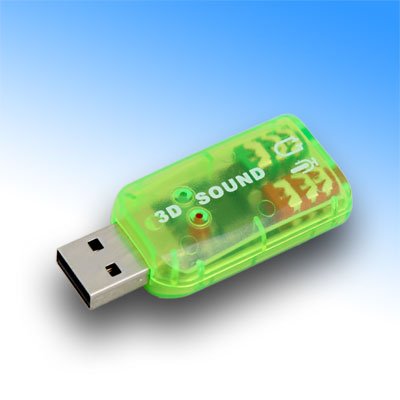All you Need to Know About Laptop Batteries
Author: James Kara Murat
Laptop batteries allow you to work on your computer even while you’re on the go. Whenever you need to access information from your computer, a battery will grant you the ability to be efficient in whatever you do. However, a battery can only do so much. A lot of people find that their battery lives shorten as time goes by eventually causing their notebooks to run slower than usual.
While a laptop battery’s deterioration is inevitable, there are many ways by which you can help prolong the life of your battery. Understanding how it works and what can make your battery “age” faster is one of them. The technicalities surrounding a laptop battery do not really take rocket science smarts to understand.
Lithium ion
If you have a later model laptop, you’ll probably find your battery is a Lithium ion or LiON. This is a type of battery that is common to newer notebooks because it’s relatively lighter than its predecessors. It’s also much more efficient and production costs are minimal which is why manufacturers have managed to introduce this to the market.
For those who are searching for a replacement battery, you’re better off with LiON. Not only is it more environment-friendly, it is also has a longer runtime.
Memory effect
You may encounter this term on older types of laptop batteries such as the nickel cadmium and nickel metal hybrid. The memory effect basically causes a battery to hold less charge. Lesser charge means lesser energy. For your laptop, that means lesser runtime. It usually happens when you tend to leave your battery plugged onto the charger long after it has been fully charged. Conversely, it also caused by undercharging and charging before the battery is fully drained.
Shallow cycling
Shallow cycling is when you charge your laptop battery without allowing it to reach full charge status. While there are instances when this cannot be avoided, it’s always best to allow for ample time for your battery to charge up before disconnecting it from the charger. Shallow cycling leads to the rapid deterioration of your battery’s ability to hold charges. It is one of the primary causes of memory effect which was discussed above.
Cycle life
Laptop batteries have a finite lifespan. Over time, their efficiency and storage capacity are diminished which can affect your unit’s overall performance. Cycle life refers to the number of charge and discharge cycles before your battery starts to deteriorate. On the average, rechargeable batteries can go from 500 to 1200 cycles before their nominal capacity goes below 80% of its initial capacity.
Tags: Laptop Battery, Printer Ink Cartridges, Laptop Batteries, Replacement Battery
Article Source: http://www.articlesbase.com/
read more...
Laptop batteries allow you to work on your computer even while you’re on the go. Whenever you need to access information from your computer, a battery will grant you the ability to be efficient in whatever you do. However, a battery can only do so much. A lot of people find that their battery lives shorten as time goes by eventually causing their notebooks to run slower than usual.
While a laptop battery’s deterioration is inevitable, there are many ways by which you can help prolong the life of your battery. Understanding how it works and what can make your battery “age” faster is one of them. The technicalities surrounding a laptop battery do not really take rocket science smarts to understand.
Lithium ion
If you have a later model laptop, you’ll probably find your battery is a Lithium ion or LiON. This is a type of battery that is common to newer notebooks because it’s relatively lighter than its predecessors. It’s also much more efficient and production costs are minimal which is why manufacturers have managed to introduce this to the market.
For those who are searching for a replacement battery, you’re better off with LiON. Not only is it more environment-friendly, it is also has a longer runtime.
Memory effect
You may encounter this term on older types of laptop batteries such as the nickel cadmium and nickel metal hybrid. The memory effect basically causes a battery to hold less charge. Lesser charge means lesser energy. For your laptop, that means lesser runtime. It usually happens when you tend to leave your battery plugged onto the charger long after it has been fully charged. Conversely, it also caused by undercharging and charging before the battery is fully drained.
Shallow cycling
Shallow cycling is when you charge your laptop battery without allowing it to reach full charge status. While there are instances when this cannot be avoided, it’s always best to allow for ample time for your battery to charge up before disconnecting it from the charger. Shallow cycling leads to the rapid deterioration of your battery’s ability to hold charges. It is one of the primary causes of memory effect which was discussed above.
Cycle life
Laptop batteries have a finite lifespan. Over time, their efficiency and storage capacity are diminished which can affect your unit’s overall performance. Cycle life refers to the number of charge and discharge cycles before your battery starts to deteriorate. On the average, rechargeable batteries can go from 500 to 1200 cycles before their nominal capacity goes below 80% of its initial capacity.
Tags: Laptop Battery, Printer Ink Cartridges, Laptop Batteries, Replacement Battery
Article Source: http://www.articlesbase.com/


.gif)


















